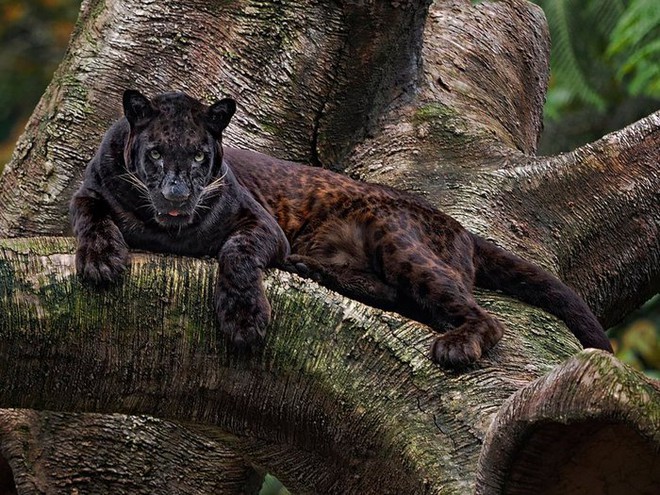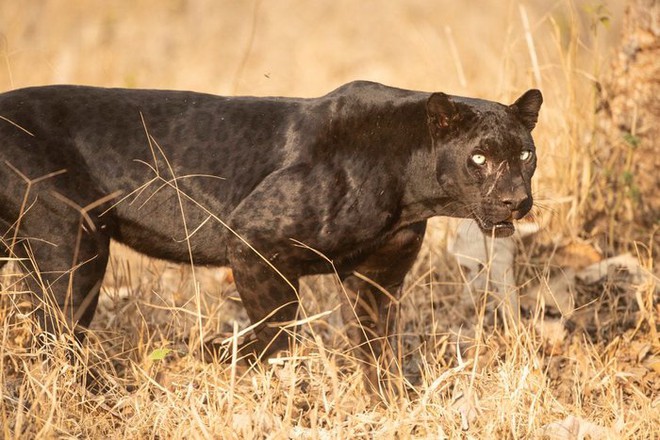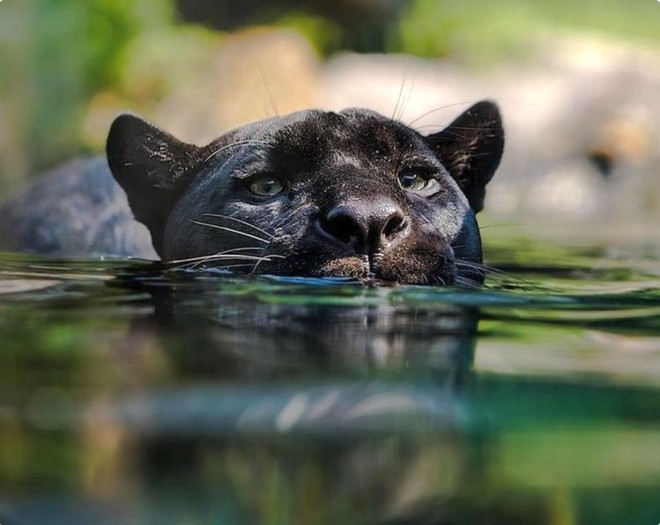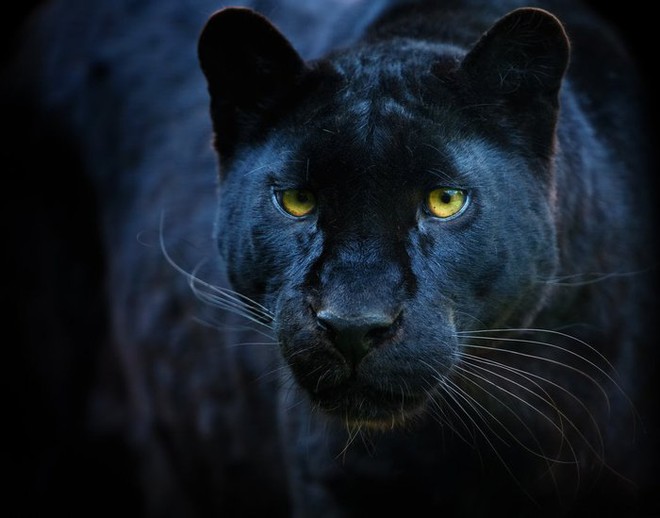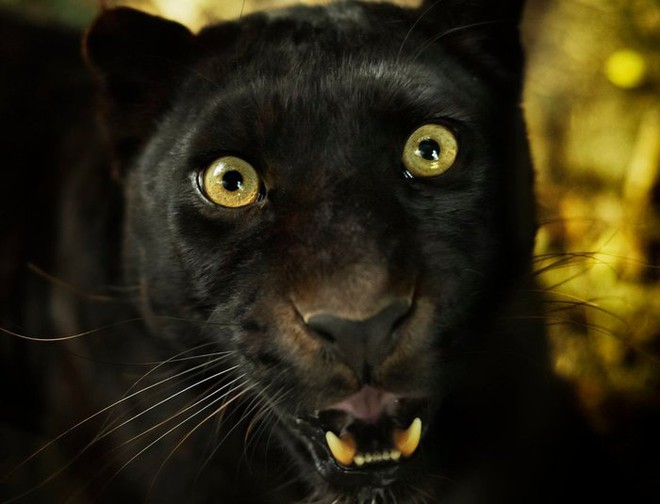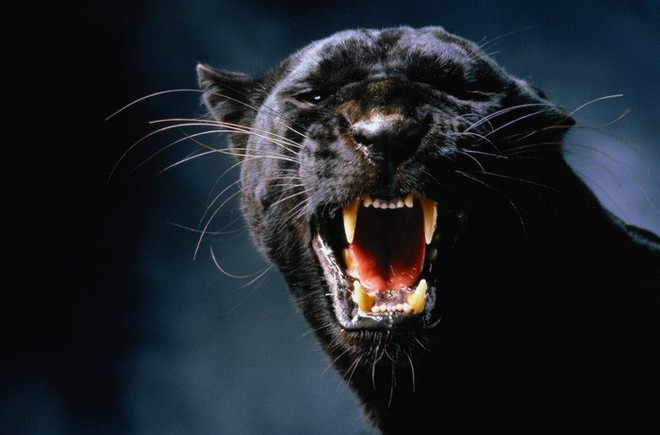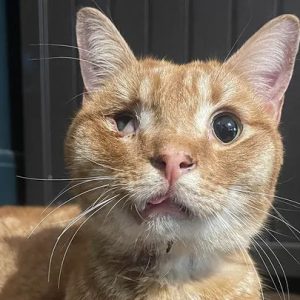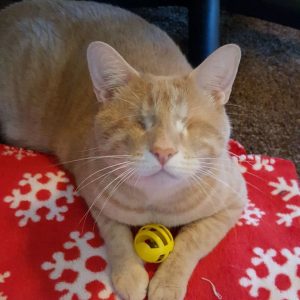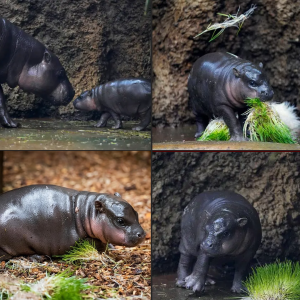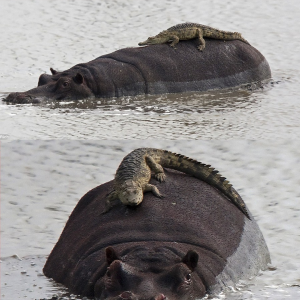Many of the Marvel superheroes’ powers are inspired by the predator of the same name, and Black Panther is one of them, being inspired by the black panther in the wild.
Black panther is actually a leopard or a jaguar.
Like superheroes, black panthers are essentially fictional. Rather than referring to a specific species of big cat, “black panther” is actually a colloquial term for the black jaguar (Panthera onca) and the black leopard (Panthera pardus). These animals have dark fur, specifically a black coat or patches of large black spots on a dark background. The term “panther” itself comes from the genus Panthera, which includes contemporary species such as jaguars and leopards, as well as lions and tigers, which scientists have grouped together due to their similar skull features.
Byron Weckworth, director of conservation genetics at Panthera, a wildcat conservation organization, says the melanistic trait in their fur is genetic and is itself caused by a recessive allele in leopards and a dominant allele in jaguars. While melanin levels can vary between jaguars and leopards born in the same litter, black jaguars and leopards are rare. “About 10 percent of wild leopards are estimated to be black for both species — jaguars and leopards — due to various environmental pressures and natural selection,” Weckworth says.
Black panthers are native to three different continents.
T’Challa is native to the fictional African nation of Wakanda, and some leopards also live in Africa. But black leopards are also common in Asia, and in Africa, they are primarily found in dark, dense, moist forest habitats, such as along the mountain ranges of Africa and in the rainforests of South and Southeast Asia. In contrast, jaguars are primarily found in the moist lowlands, savannas, and rainforests of Central and South America, such as along the Amazon River basin.
Black panther with retractable claws
One of the notable features of Black Panther’s supersuit is the retractable vibranium claws attached to the suit’s fingertips that serve as the hero’s primary method of combat while attacking and subduing enemies.
Craig Saffoe, curator of large carnivores at the Smithsonian’s National Zoo and Conservation Biology Institute, often compares the retractable claws of black panthers to shearing blades. Each claw on a jaguar or leopard’s paw has a tendon attached to it. When the tendon is pulled back, the claw is pulled back. The claw’s ability to retract ensures that they stay protected; if a panther’s claws are left out for long periods of time, they become dull or can break. “If their claws don’t retract, they can’t grip their prey, and they can’t climb trees,” says Saffoe.
Black panthers are excellent swimmers.
Black Panther: Wakanda Forever has a big enemy in Namor, the king of an underwater kingdom, and if the sequel takes the hero to the ocean, rest assured that jaguars and leopards are excellent swimmers. Unlike typical house cats, which hate water, jaguars and leopards use swamps and rivers to their advantage.
Both cats are capable swimmers, but jaguars tend to live in wetter environments, making them more likely to go into the water to play, cool off and relax, according to Saffoe. He says jaguars are very well adapted to aquatic and semi-aquatic environments — so if prey escapes into the water, they’re not going to have much luck.
Black panther can be invisible in the dark
Leopards and jaguars use stealth to hunt. Dark fur provides good camouflage for the nocturnal predators, Weckworth says, and the big cats often use the darkness to hunt. “Leopards and jaguars are not long-distance chasers,” Weckworth says. “They will usually sneak up on their prey, running short sprints to pounce, kill, and bring down their prey.”
Black panthers have extraordinary eyesight.
Leopards and cheetahs have significantly better night vision than humans, with reflective lenses in their eyes that allow them to absorb light more efficiently, Saffoe says. At night, they can see six to seven times better than humans. The nocturnal predators’ keen eyesight allows them to spot prey with or without light. Leopards and cheetahs’ eyes tend to be yellow to green, with the color standing out more against their dark fur.
They have an amazing sense of smell.
Leopards and cheetahs have a keen sense of smell that aids their survival, helping them identify friend and foe in the wild.
Leopards and cheetahs have unique ways of marking their territory, including using their claws to scratch down trees. “They will definitely use urine to mark an area of territory, and sometimes they will rub their bodies and heads along an area to get their scent on anything they can smell,” says Saffoe.
